A striking circa 1588 birdseye view of Canterbury, a historic English city renowned for its cultural and literary significance, most notably by Geoffrey Chaucer. Braun and Hogenberg, celebrated for their city panoramas, were the publishers of this alluring and intricately detailed depiction of this distinguished English town.
One of the map's most distinctive features is the display of several coats of arms. These include the heraldic emblems of the British Crown, symbolizing the unity and diversity of the nation. Also depicted are the coat of arms of the Archbishopric, signifying the city's historic ecclesiastical importance, along with the City's emblem and that of Christ Church College, a testament to the educational and religious heritage of Canterbury.
The city's layout is laid bare, revealing a charming walled city with a central square that serves as its heart. The city walls, punctuated with gates, encircle the area, providing a sense of security and seclusion, with bridges granting access from the west.
A notable landmark in the cityscape is the Christ Church, standing prominent among other important buildings. Its inclusion underscores the significant role of the church in the city's history and community life.
In all, Braun and Hogenberg's birdseye view of Canterbury offers a captivating insight into the historical and cultural landscape of this storied English town. It stands as a remarkable snapshot of a place that has been a muse to poets, a spiritual hub, and an enduring symbol of England's rich past.
Georg Braun (1541-1622) was born and died in Cologne. His primary vocation was as Catholic cleric; he spent thirty-seven years as canon and dean at the church St. Maria ad Gradus, in Cologne. Braun was the chief editor of the Civitates orbis terrarum, the greatest book of town views ever published. His job entailed hiring artists, acquiring source material for the maps and views, and writing the text. In this role, he was assisted by Abraham Ortelius. Braun lived into his 80s, and he was the only member of the original team to witness the publication of the sixth volume in 1617.
Frans Hogenberg (ca. 1540-ca. 1590) was a Flemish and German engraver and mapmaker who also painted. He was born in Mechelen, south of Antwerp, the son of wood engraver and etcher Nicolas Hogenberg. Together with his father, brother (Remigius), uncle, and cousins, Frans was one member of a prominent artistic family in the Netherlands.
During the 1550s, Frans worked in Antwerp with the famous mapmaker Abraham Ortelius. There, he engraved the maps for Ortelius’ groundbreaking first atlas, published in Antwerp in 1570, along with Johannes van Deotecum and Ambrosius and Ferdinand Arsenius. It is suspected he engraved the title page as well. Later, Ortelius supported Hogenberg with information for a different project, the Civitates orbis terrarium (edited by Georg Braun, engraved by Hogenberg, published in six volumes, Cologne, 1572-1617). Hogenberg engraved the majority of the work’s 546 prospects and views.
It is possible that Frans spent some time in England while fleeing from religious persecution, but he was living and working in Cologne by 1580. That is the city where he died around 1590. In addition to his maps, he is known for his historical allegories and portraits. His brother, Remigius, also went on to some fame as an engraver, and he died around the same time as his brother.









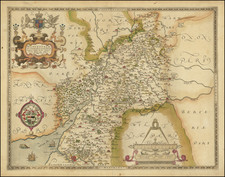
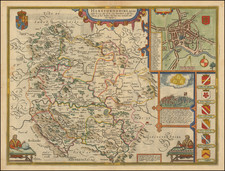
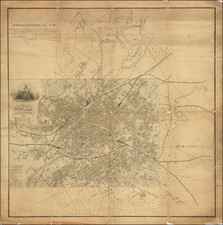
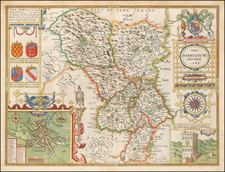
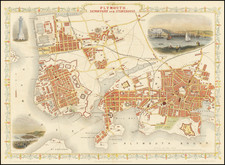
![Channel Islands [Guernsey and Jersey]](https://storage.googleapis.com/raremaps/img/small/46638.jpg)